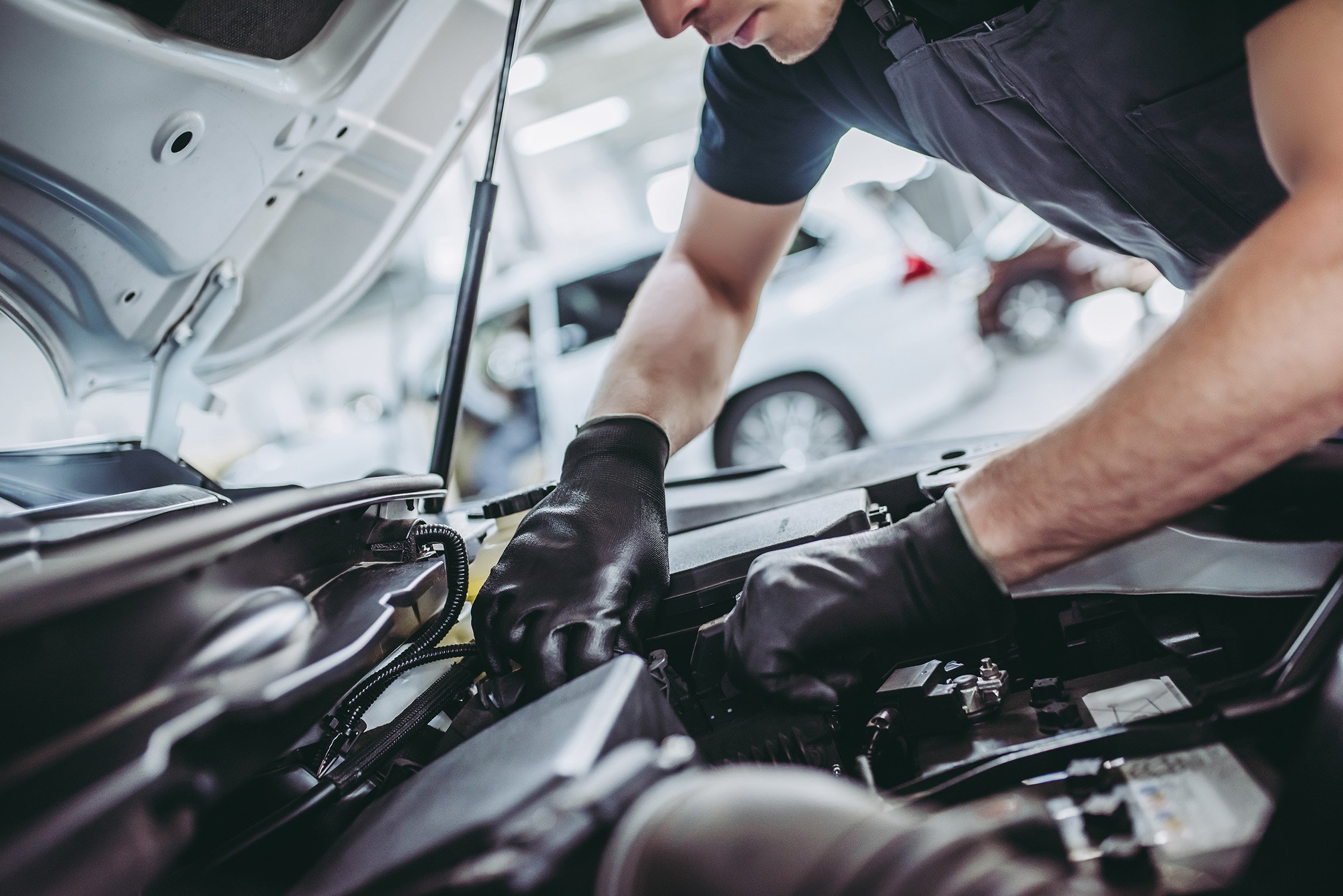All Categories
Featured
Your vehicle's shock absorber plays an essential duty in delivering a smooth and secure experience, making sure that you keep control on numerous surfaces. It takes in roadway shocks, sustains the car's weight, and maintains tires in call with the road. Correct maintenance of this complicated system is critical for safety and security and performance. Adhere to these steps to guarantee your suspension system stays in ideal problem.
![]()
Leaking Liquid: Shocks or struts may leak oil when they're worn. Harmed Springs: A sagging or unequal stance may indicate a broken springtime. Worn Bushings or Sphere Joints: Splits, rips, or uncommon motion during operation suggest wear. Corrosion or Deterioration: With time, steel parts may rust, leading to damaged elements. Attend to any concerns immediately by consulting a specialist technician.
![]()
Feathered Tread: Indicates bad alignment. Bald Edges: Recommends used shocks or shows off creating excessive bouncing. Rotate your tires consistently and keep the correct tire stress to lower pressure on the suspension system. 3. When Needed, replace Shocks and Shows Off. Shocks and struts are critical to your suspension's efficiency. Indications they need changing consist of:
A bouncy or rough ride. Nose-diving when stopping. When transforming, too much body roll. Changing these parts at the recommended intervals (every 50,000 to 100,000 miles, depending on driving problems) can restore ride quality and handling.
Stay clear of driving over pits, visuals, and rate bumps at high speeds. Take edges gently to stop excessive side pressures. Reduce on harsh roads to reduce damage. 6. Arrange Regimen Alignments. Wheel alignment makes sure that your tires and suspension job sympathetically. Misaligned wheels can cause steering concerns, unequal tire wear, and extra stress on suspension elements. Schedule a positioning check every year or after hitting a significant pothole.
![]()
Final thought. A properly maintained suspension system enhances driving convenience, enhances safety and security, and expands the life of your automobile. By staying positive with examinations, dealing with problems quickly, and driving responsibly, you can maintain this essential system for years ahead. Purchase correct suspension maintenance today, and enjoy a more secure, smoother ride on every journey.

- Inspect Suspension Parts Frequently. Routine aesthetic examinations can assist recognize prospective troubles early. Look for the following indications:
Leaking Liquid: Shocks or struts may leak oil when they're worn. Harmed Springs: A sagging or unequal stance may indicate a broken springtime. Worn Bushings or Sphere Joints: Splits, rips, or uncommon motion during operation suggest wear. Corrosion or Deterioration: With time, steel parts may rust, leading to damaged elements. Attend to any concerns immediately by consulting a specialist technician.

- Monitor Tire Wear. Unequal tire wear usually directs to suspension troubles. :
Feathered Tread: Indicates bad alignment. Bald Edges: Recommends used shocks or shows off creating excessive bouncing. Rotate your tires consistently and keep the correct tire stress to lower pressure on the suspension system. 3. When Needed, replace Shocks and Shows Off. Shocks and struts are critical to your suspension's efficiency. Indications they need changing consist of:
A bouncy or rough ride. Nose-diving when stopping. When transforming, too much body roll. Changing these parts at the recommended intervals (every 50,000 to 100,000 miles, depending on driving problems) can restore ride quality and handling.
- Prevent Overloading Your Automobile. Overwhelming your cars and truck positions unneeded anxiety on the suspension system. Surpassing your car's weight capability can lead to premature wear and lowered performance. Always check your proprietor's guidebook for the optimum load restriction and pack as necessary.
- Bear in mind Your Driving Behaviors. Driving habits substantially affect the health of your suspension system. To minimize strain:
Stay clear of driving over pits, visuals, and rate bumps at high speeds. Take edges gently to stop excessive side pressures. Reduce on harsh roads to reduce damage. 6. Arrange Regimen Alignments. Wheel alignment makes sure that your tires and suspension job sympathetically. Misaligned wheels can cause steering concerns, unequal tire wear, and extra stress on suspension elements. Schedule a positioning check every year or after hitting a significant pothole.
- Lubricate Relocating Components. Some suspension elements, like ball joints and bushings, gain from periodic lubrication. This decreases rubbing, reduces wear, and prolongs their life expectancy. Examine your proprietor's handbook or consult your mechanic for specific lubrication suggestions.
- Focus On Routine Expert Assessments. While do it yourself upkeep helps, expert examinations are important for determining concealed troubles. Specialists can assess hard-to-spot issues like used control arms or hidden structural damages. Normal inspections additionally offer comfort, making certain all parts are working correctly.

Final thought. A properly maintained suspension system enhances driving convenience, enhances safety and security, and expands the life of your automobile. By staying positive with examinations, dealing with problems quickly, and driving responsibly, you can maintain this essential system for years ahead. Purchase correct suspension maintenance today, and enjoy a more secure, smoother ride on every journey.
Latest Posts
Find Out Reduce Expenses on Car Maintenance with Montclare Auto Repair’s Limited-Time Deals
Published May 31, 25
1 min read
Explore Special Auto Repair Deals in Chicago at Montclare Auto Repair
Published May 30, 25
1 min read
Discover the Premier Auto Repair Offers in Montclare, Chicago
Published May 25, 25
1 min read
More
Latest Posts
Find Out Reduce Expenses on Car Maintenance with Montclare Auto Repair’s Limited-Time Deals
Published May 31, 25
1 min read
Explore Special Auto Repair Deals in Chicago at Montclare Auto Repair
Published May 30, 25
1 min read
Discover the Premier Auto Repair Offers in Montclare, Chicago
Published May 25, 25
1 min read